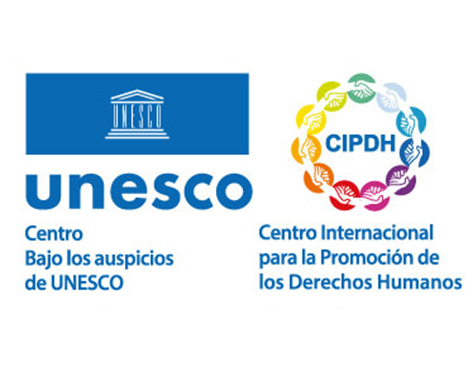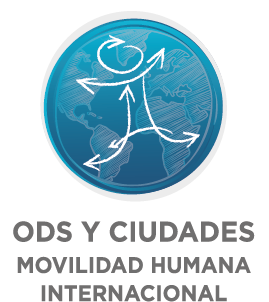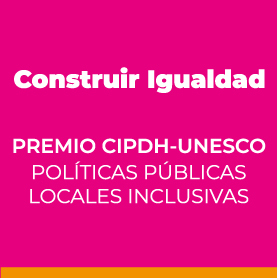
- Region
- Latin America and the Caribbean
- Range of Demographic Size
- 1,000,000 inhabitants or more (metropolis)
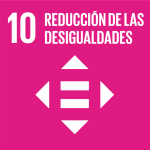
10-2 By 2030, empower and promote the social, economic and political inclusion of all, irrespective of age, sex, disability, race, ethnicity, origin, religion or economic or other status.
10.3 Ensure equal opportunity and reduce inequalities of outcome, including by eliminating discriminatory laws, policies and practices and promoting appropriate legislation, policies and action in this regard.
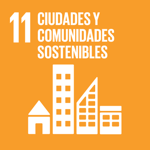
11.7 By 2030, provide universal access to safe, inclusive and accessible, green and public spaces, in particular for women and children, older persons and persons with disabilities.
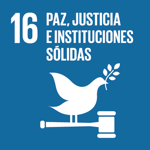
16.7 Ensure responsive, inclusive, participatory and representative decision-making at all levels.
16.6 Develop effective, accountable and transparent institutions at all levels.
C - Ageing, social protection and socioeconomic challenges
Universal Declaration of Human Rights (UDHR).
International Covenant on Civil and Political Rights (ICCPR).
Additional Protocol to the American Convention on Human Rights in economic, social and cultural rights (San Salvador Protocol).
Summary
The Public Policy of Aging and Old Age for the Elderly in Santiago de Cali 2017-2027 is the result of a highly participative process, agreed and coordinated with different institutional and social players which are the reflection of joint interests in the transformation of the quality of life of the elderly. In this sense, this public policy aims at strengthening the coordinated work in governance, in order to have an impact on the protection, promotion and full exercise of the rights of the elderly. It is organized in four basic axes: Participation and Guarantee of Rights, Comprehensive Social Protection, Active Aging, Research and Education.
Implementation Date:
Start: 08 / 4 / 2017
End: End: Currently in force
Social/citizen participation
Advice
Awareness and/or information campaigns
- Email: adulto.mayor@cali.gov.co
- Web: http://web1.cali.gov.co/adulto_mayor/
- Telephone: (Español) (57+2) 8879020
- Social Network:
Instrumentos

10-2 By 2030, empower and promote the social, economic and political inclusion of all, irrespective of age, sex, disability, race, ethnicity, origin, religion or economic or other status.
10.3 Ensure equal opportunity and reduce inequalities of outcome, including by eliminating discriminatory laws, policies and practices and promoting appropriate legislation, policies and action in this regard.

11.7 By 2030, provide universal access to safe, inclusive and accessible, green and public spaces, in particular for women and children, older persons and persons with disabilities.

16.7 Ensure responsive, inclusive, participatory and representative decision-making at all levels.
16.6 Develop effective, accountable and transparent institutions at all levels.
C - Ageing, social protection and socioeconomic challenges
Universal Declaration of Human Rights (UDHR).
International Covenant on Civil and Political Rights (ICCPR).
Additional Protocol to the American Convention on Human Rights in economic, social and cultural rights (San Salvador Protocol).
Location
- Region
- Latin America and the Caribbean
- Range of Demographic Size
- 1,000,000 inhabitants or more (metropolis)
Contact details
- Email: adulto.mayor@cali.gov.co
- Web: http://web1.cali.gov.co/adulto_mayor/
- Telephone: (Español) (57+2) 8879020
- Social network:

